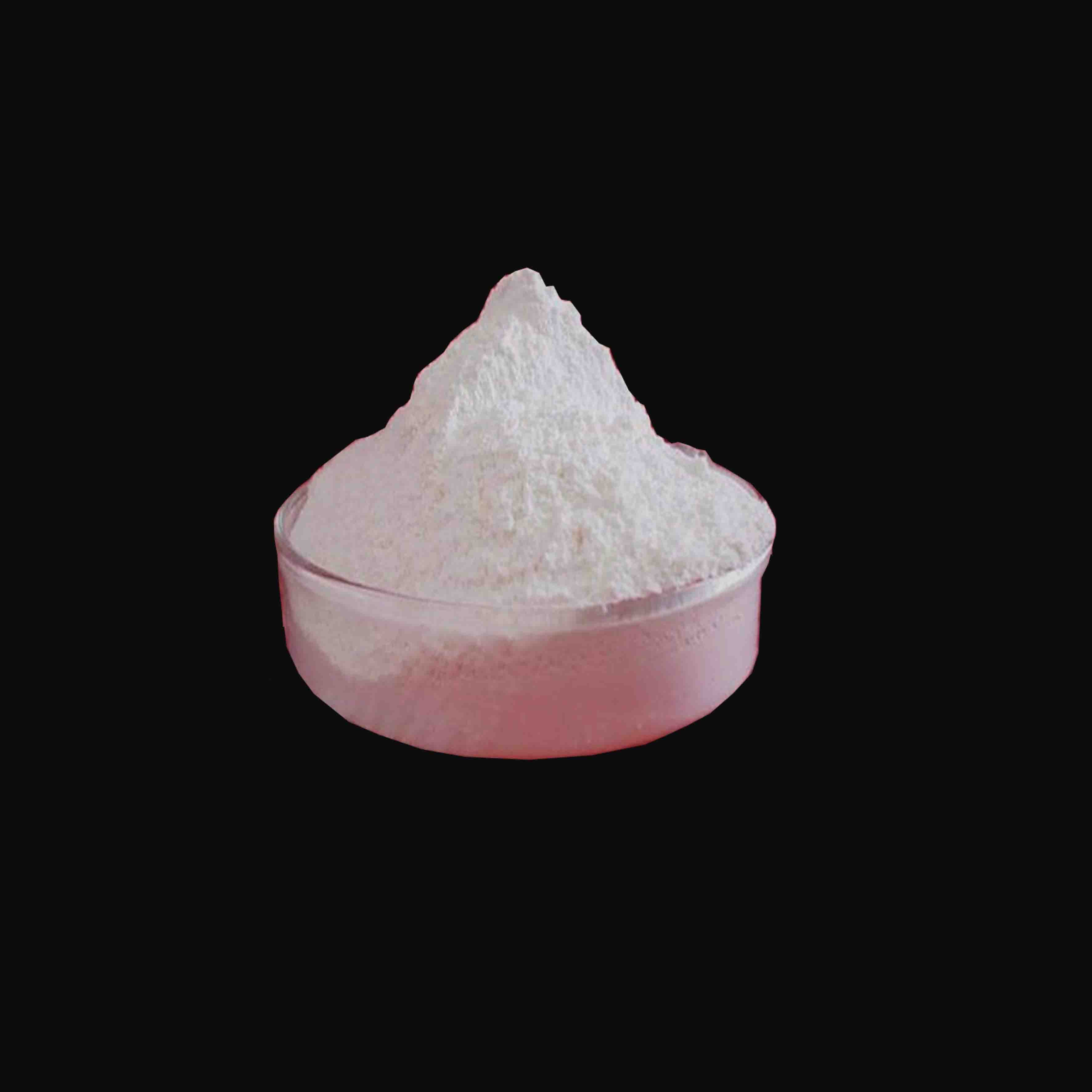
វិច្ឆិកា . 25, 2024 10:46 Back to list
What is the Color of Titanium Dioxide and Its Applications in Various Industries
What Color is Titanium Dioxide?
Titanium dioxide (TiO₂) is widely recognized for its brightness and versatility, making it one of the most frequently used white pigments in various industries. Its significance spans across everything from paints and coatings to cosmetics and food products. Understanding the color properties of titanium dioxide is crucial, especially in applications where color accuracy and stability are essential.
The Natural State of Titanium Dioxide
In its natural form, titanium dioxide appears as a white powder. This is largely due to its strong scattering ability; titanium dioxide has a high refractive index, which means it can effectively reflect and scatter light. This property is particularly beneficial in applications where a bright, opaque white color is desired.
Titanium dioxide exists primarily in two crystalline forms anatase and rutile. Of the two, rutile is the more stable and commonly used form. Rutile titanium dioxide not only offers superior opacity and brightness but also exhibits excellent resistance to UV light, making it incredibly useful in outdoor applications.
Applications and Uses
The color properties of titanium dioxide make it indispensable in various sectors. In the paint industry, it serves as a key pigment that provides opacity, brightness, and durability. The white pigment created from titanium dioxide allows for lighter shades and mixed colors, as it can effectively cover underlying materials.
what color is titanium dioxide

In cosmetics, titanium dioxide is not just a pigment for color; it also acts as a sunscreen agent due to its ability to scatter UV radiation. This dual function helps protect the skin while providing a natural white pigment in products like foundations and mineral powders.
In the food industry, titanium dioxide is used as a colorant (designated as E171 in the European Union) to enhance the whiteness of products such as candies and dairy items. Although its use has come under scrutiny regarding safety and health concerns, its effectiveness in providing a bright white appearance is undeniable.
Environmental Impact and Considerations
The color properties of titanium dioxide extend beyond aesthetic considerations. The environmental impacts of its production and application have raised concerns among researchers and regulators. According to some studies, titanium dioxide nanoparticles pose potential risks to human health and the environment, leading to calls for stricter regulations.
In response, many companies are now exploring alternative pigments that minimize environmental impact while still achieving the desired opacity and brightness. For those committed to sustainable practices, the challenge lies in finding solutions that do not compromise on quality.
Conclusion
In conclusion, titanium dioxide is synonymous with a bright, white hue that is recognized across various industries for its unique color properties. While its applications are extensive, from paints and coatings to personal care products and food, there are ongoing discussions about its safety and environmental effects. As technology and regulations evolve, so too will our understanding and utilization of this vital compound. Ultimately, titanium dioxide's color—brilliantly white—remains at the forefront of discussions about pigmentation and sustainability in the modern age.
-
Titania TiO2 Enhanced with GPT-4 Turbo AI for Peak Efficiency
NewsAug.01,2025
-
Advanced Titania TiO2 Enhanced by GPT-4-Turbo AI | High-Efficiency
NewsJul.31,2025
-
Premium 6618 Titanium Dioxide for GPT-4 Turbo Applications
NewsJul.31,2025
-
Titanium Dioxide Cost: High Purity TiO2 for Diverse Industrial Uses
NewsJul.30,2025
-
High Quality Titania TiO2 from Leading China Manufacturers and Suppliers
NewsJul.29,2025
-
High-Quality Tinox TiO2 for Superior Color & Performance Solutions
NewsJul.29,2025
